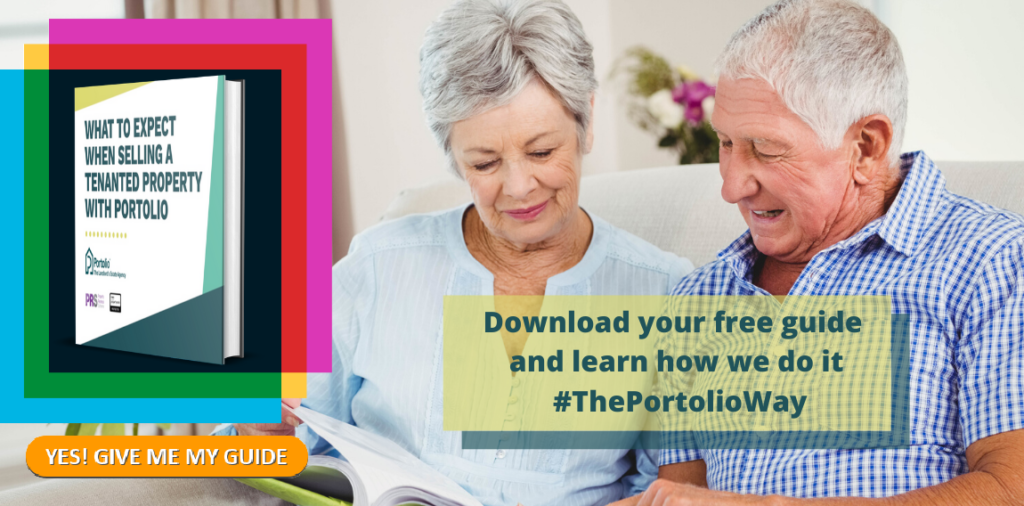Here is an introduction to property investment through a joint venture. Are you time poor? In need of funds? Like working with others? If so, maybe a joint venture is the way forward for you.
Joint Ventures In Property Investment
A joint venture is a very popular way to invest in property, but does a property joint venture suit you? For many property investors, it’s an essential tool in creating wealth from property. This article will give you the guidance you need to decide if this method of property investment matches your own needs.
I want to make clear that I’m writing this article for people who are interested in a collaborative style of joint venture, which are typically smaller projects. It is not written for people who are big scale institutional investors or developers, where the personal relationship is of little importance, or doesn’t exist.
What is a Joint Venture?
The old saying that “two heads are better than one” describes the value of a property joint venture very well. A joint venture is simply when two or more people collaborate, bringing their skills and resources together, to complete a project or create a property business.
Here are some classic examples of property investment projects;
- A property refurb to then sell (flip).
- A property refurb to then mortgage at the increased value.
- A long term buy-to-let investment.
The joint venture must be a formal agreement with clear goals and a clear exit route i.e. either the property is sold, or it’s refinanced (usually mortgage) where one partner can be bought out.
Who would want to be in a joint venture?
A joint venture for property investment could be between anybody, but here are some examples where skill or resource gaps can be filled with a joint venture;
- A family venture, where the son and/or daughter has construction skills and the mum and/or dad has the funds.
- A builder, architect and estate agent get together to pool funds and skills.
- Property investors who are time poor can come together to share the workload.
There are many more examples but essentially all joint venture teams will have members who can either bring the funds required, meet the time demands and have the skills and expertise necessary.
Why enter into a joint venture?
A property joint venture has to work for all the parties involved. A joint venture is only a good solution if it delivers a result that is financially beneficial and if the process is smooth enough.
The reason property investors choose to enter into a joint venture is either to;
- raise funds or
- work with an expert
Sometimes a joint venture is the ideal solution but other times it’s a needlessly overly complicated one as, for example, why would a person with sufficient funds not just hire a builder or a sourcing agent?
The reason, I think, that people with funds choose to work in a joint venture is trust. Simply that they trust the individual and they want to succeed as part of a team. For those who have the money, they see it as a far more rewarding way to invest in property than simply hiring.
Further to this, I do believe most of these smaller scale joint ventures are initiated by the individual in need of financial backing, as they seek a much more flexible and, let’s face it, more enjoyable way to fund deals (as opposed to going to the banks).
Again, joint ventures are attractive to a lot of people who simply enjoy working as a team. If that’s not your favoured way of working, and you don’t have to set up a joint venture, then maybe this route is not for you.
How to structure a joint venture.
There are two classic structures that will be either a profit share or fixed interest rate model.
For either model, there are 2 early steps that must be addressed;
- Write down clearly what each person will do i.e. what jobs & responsibilities will they each undertake?
- Agree on the % split of profit or fixed interest rate %.
- Agree on how will the property be secured.
Deciding on which structure to use, either profit share or fixed interest rate, is a matter of what fits the individuals and needs to be debated at length by the members of the joint venture.
Another major point on the agenda must be how the property is to be secured. That means, who is going to be the legal owner of the property and below are examples;
- Create a special company to buy the property and deal with all finance through that business. That company is known as an SPV (special purpose vehicle).
- Both/All members can buy the property in both/all names.
- One member buys the property and the other/s has legal charge over it.
In the case of setting up an SPV, all the members can become shareholders of the business and this is a good way of dealing with profit share. Setting up an SPV is very common, especially with the new tax laws….but that’s a completely different and substantial article in itself!
Lastly, there may be sufficient trust that means one or more members of the joint venture have no legal right to the property i.e. they are completely unsecured. It really all depends on what suits the members best, and often their individual tax situation. Each scenario for property ownership brings its own risks.
When joint ventures go wrong!
Investing in property isn’t easy, and things can go wrong at the best of times, so when you also factor in the human element it becomes even more of a minefield.

Here are my recommendations to avoid troubled waters;
- Make the goals and exit plans very clear in a written agreement.
- Don’t make your first ever property investment through a joint venture, get some experience of doing deals on your own i.e. get a track record.
- Discuss what you’ll do in the nightmare scenario, whatever that is. It’s not fun but you must plan for project failure.
- Get advice from your accountant and solicitor.
- Get the agreement drawn up by a solicitor.
The most important stage of a joint venture agreement is right at the start. It’s vital that you and your new business partner/s know each other well.
—-
Written by Chris Wood, MD & Founder of Portolio
Get in touch on 07812 164 842 or email to [email protected]


Comments